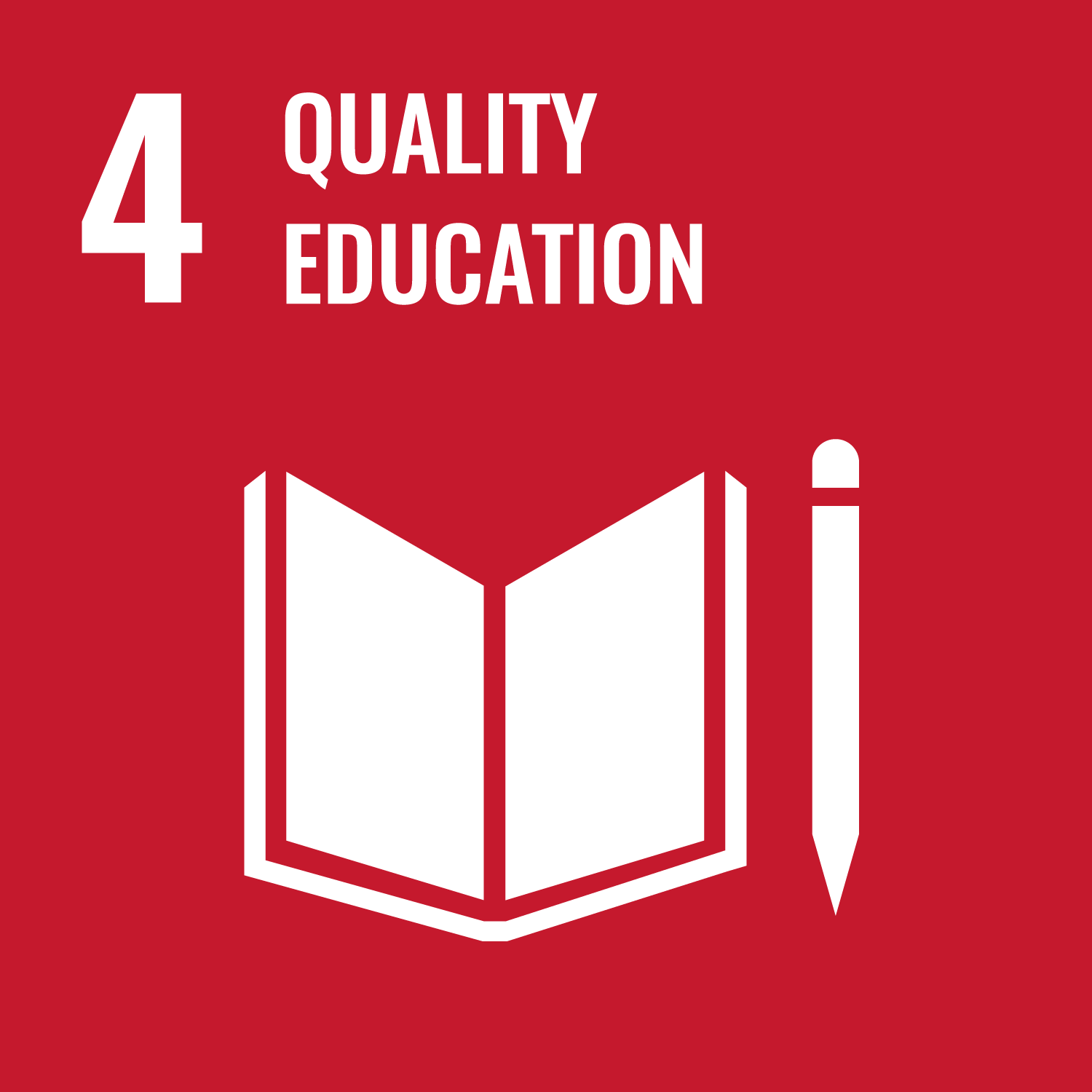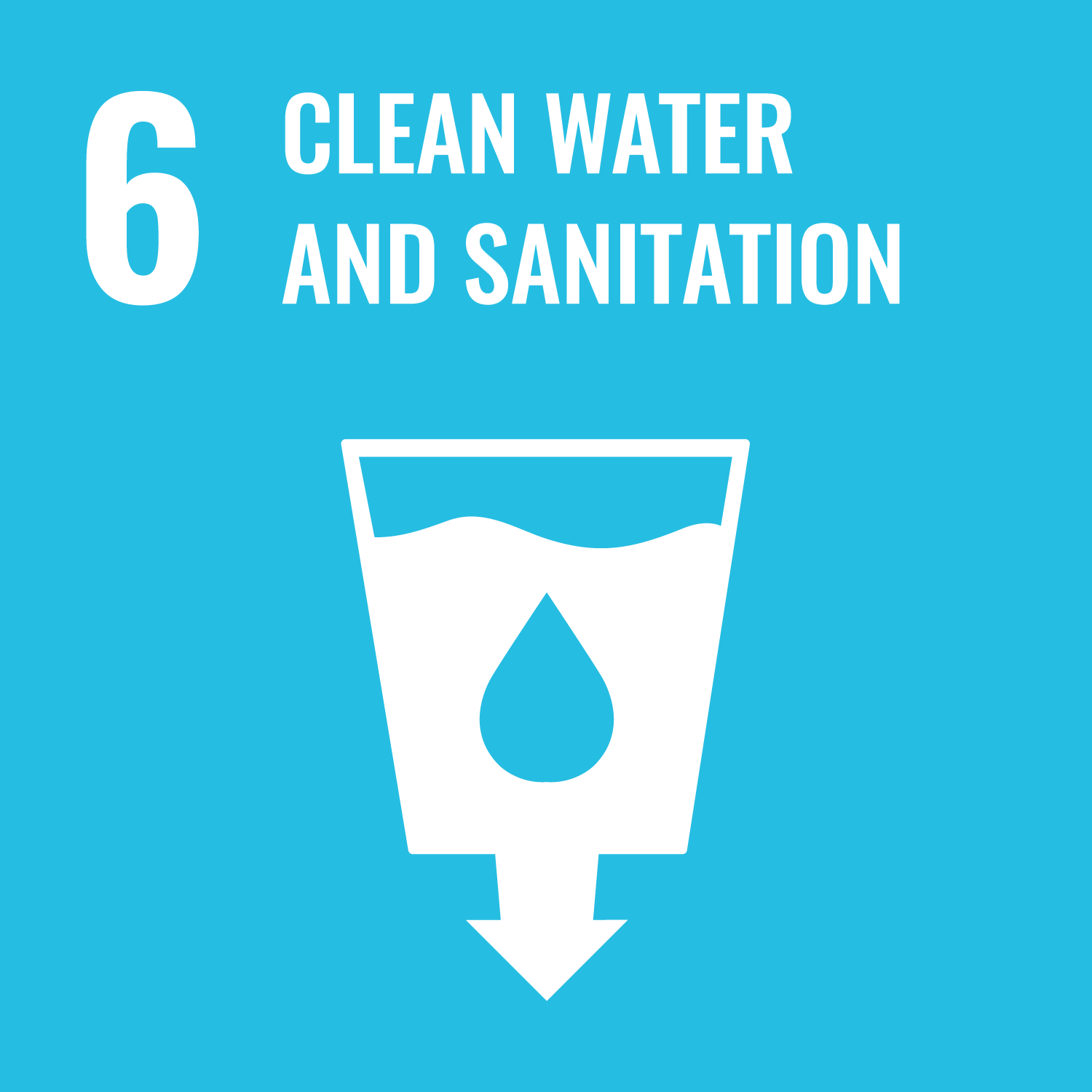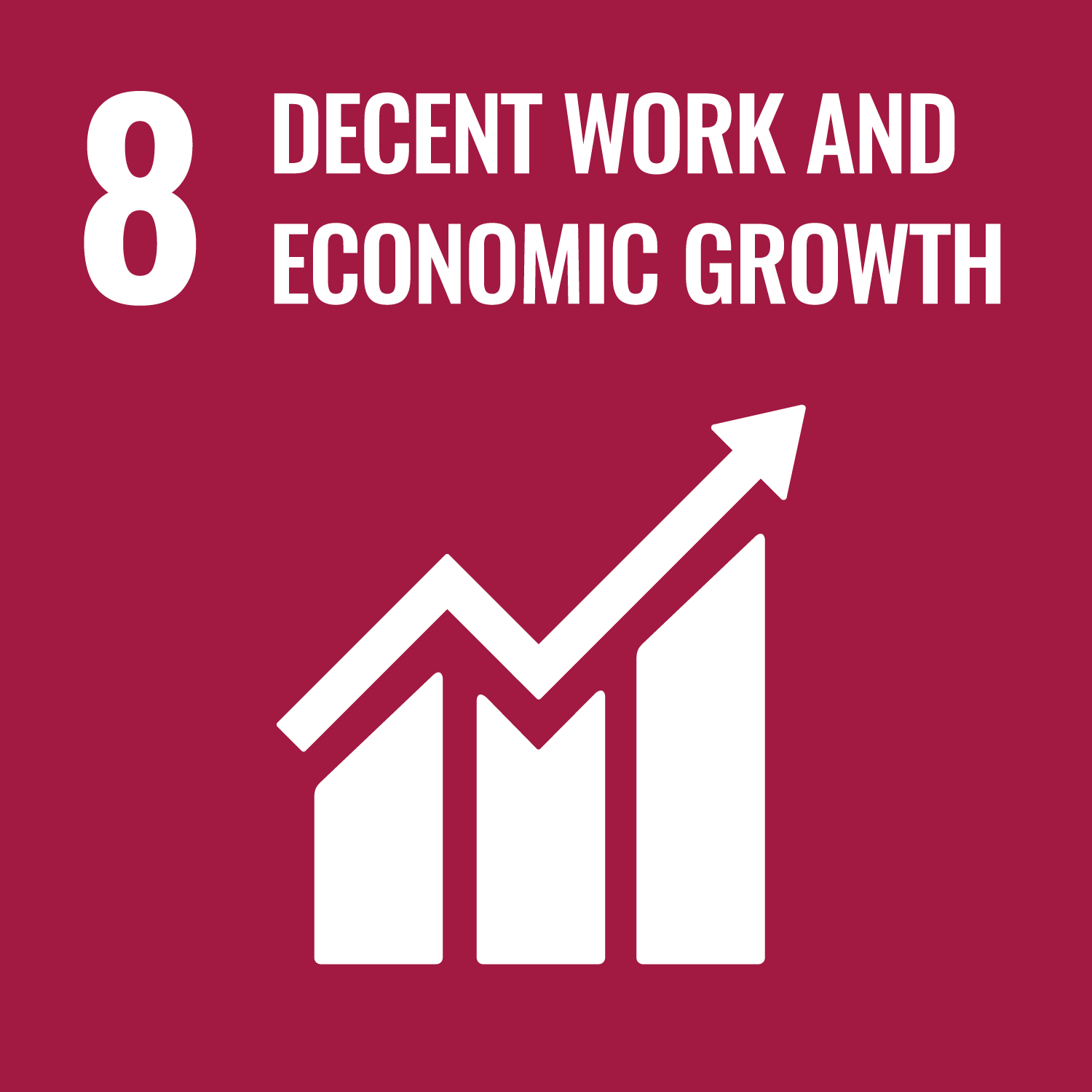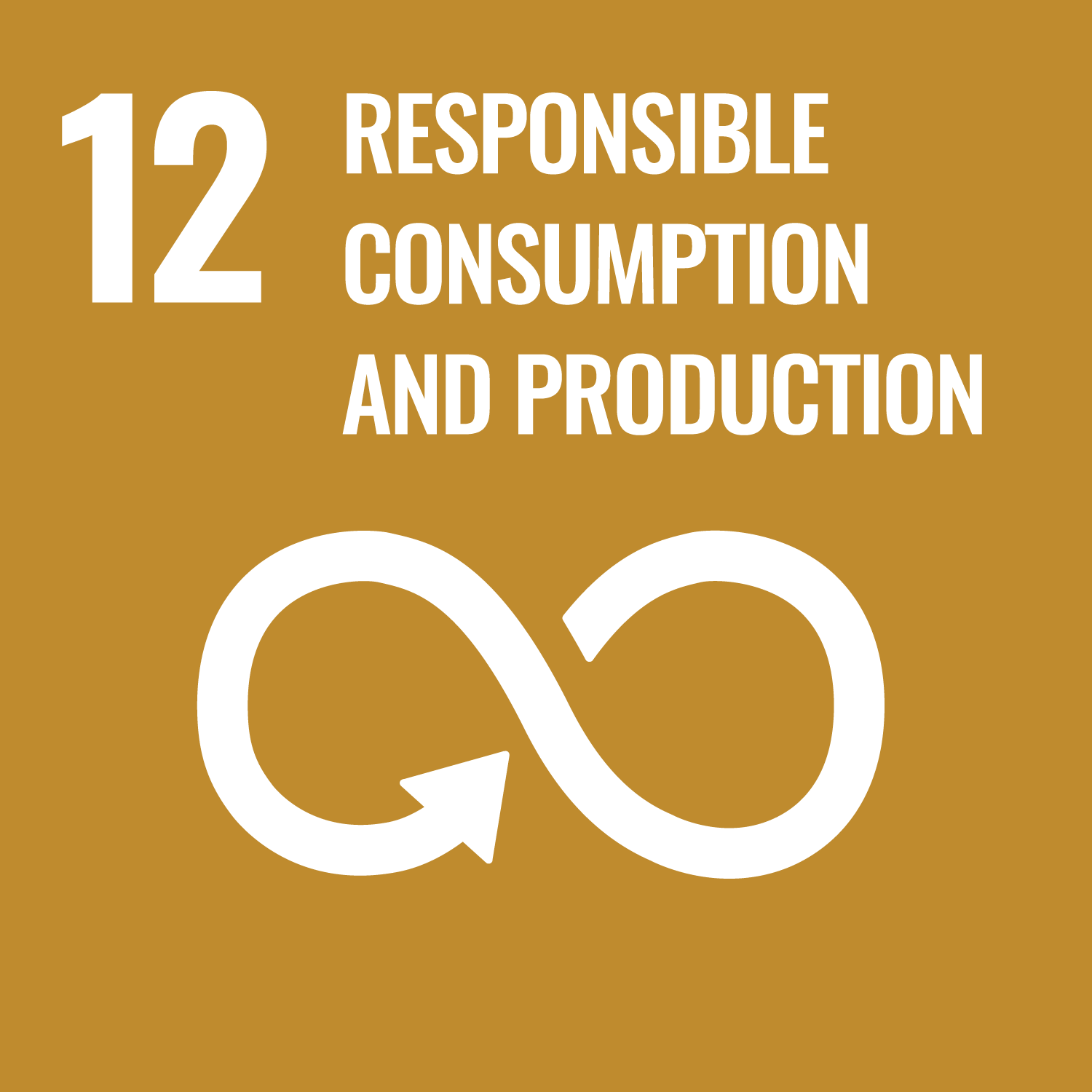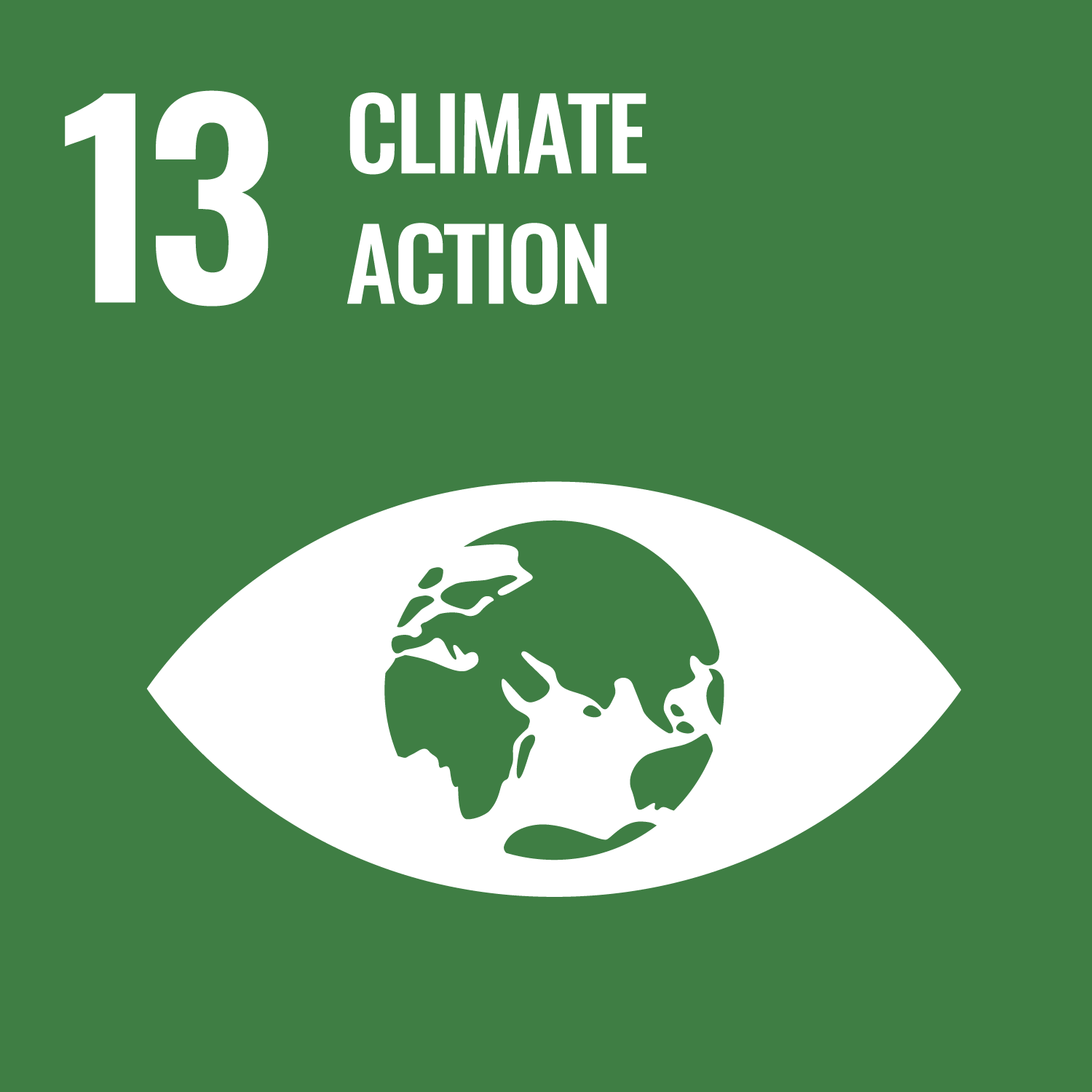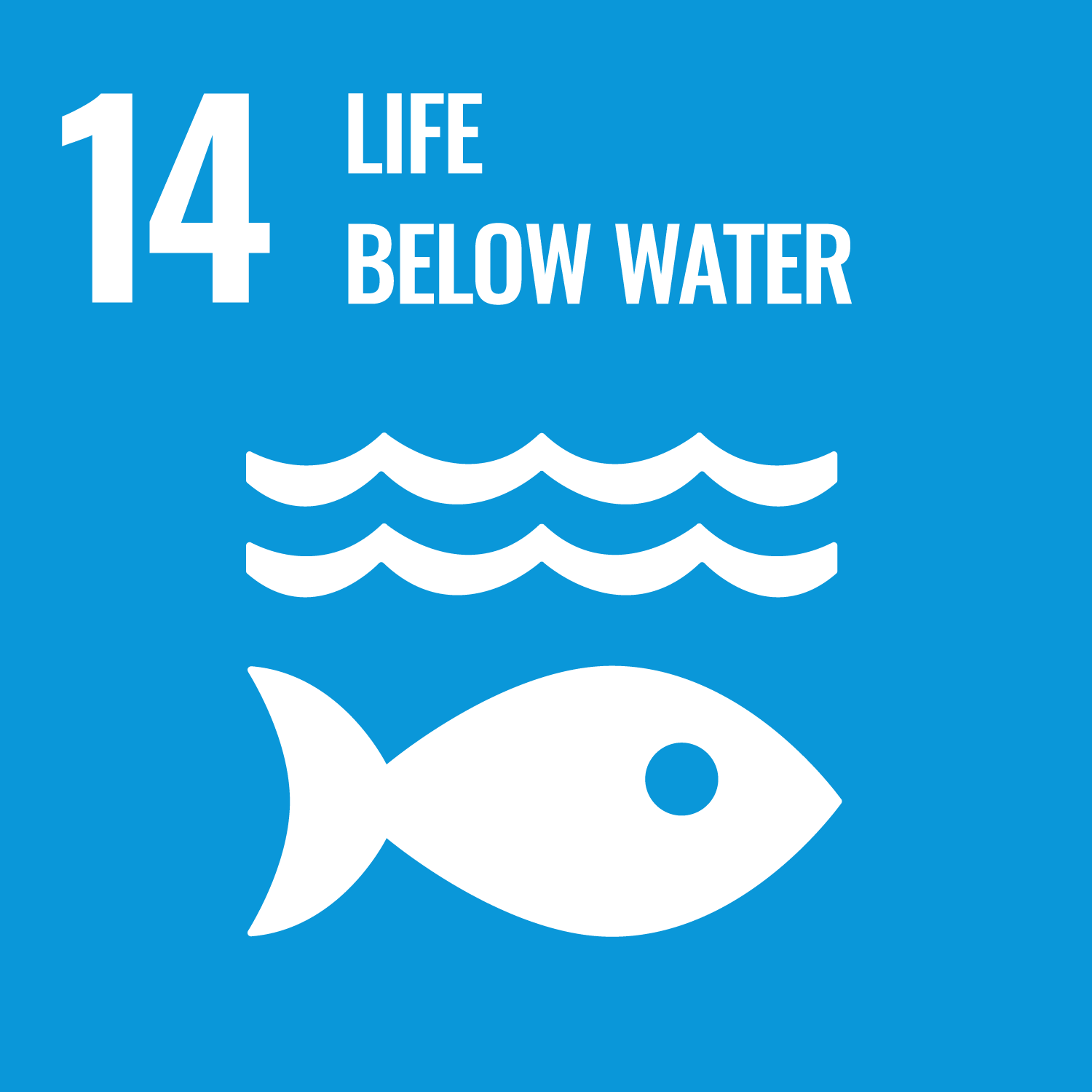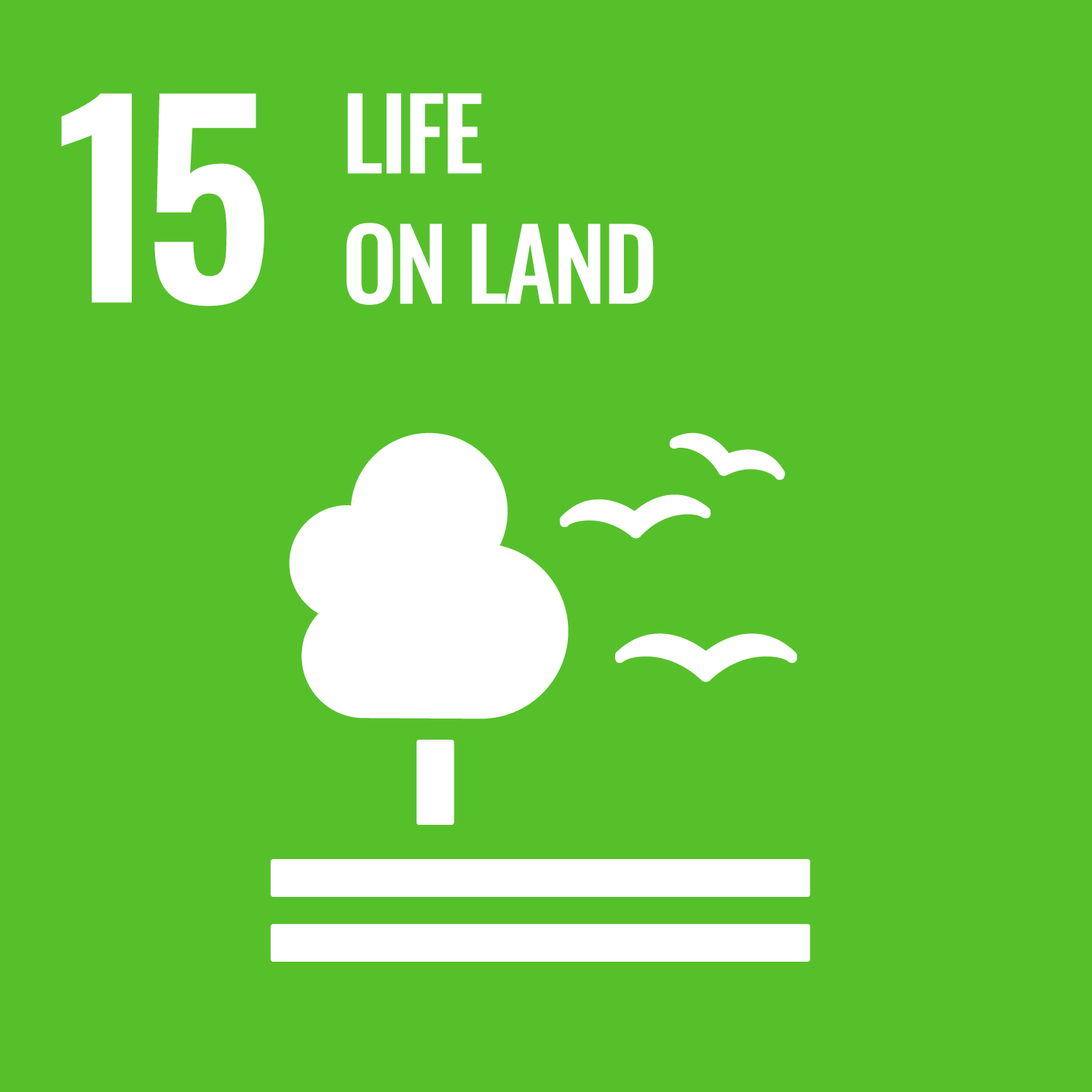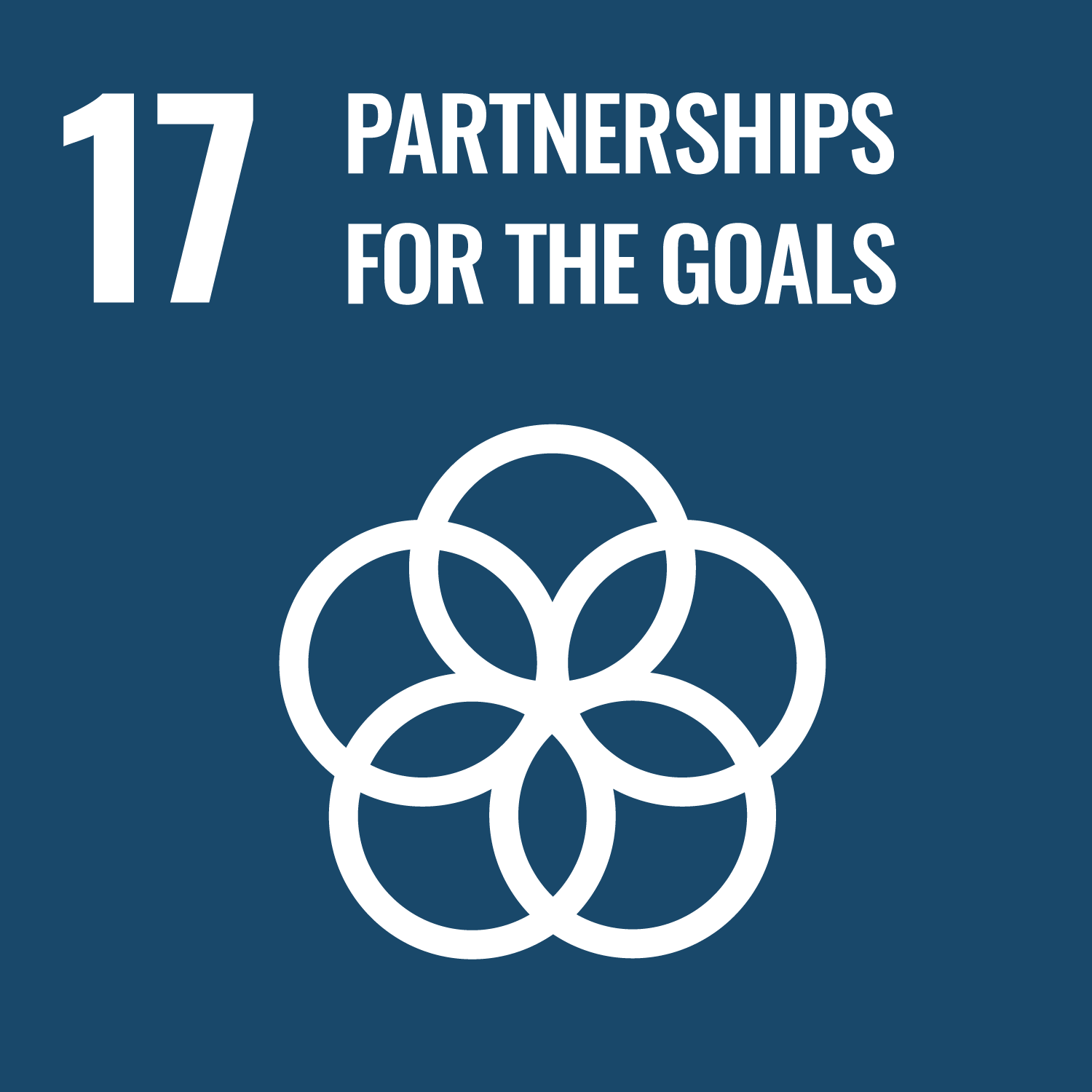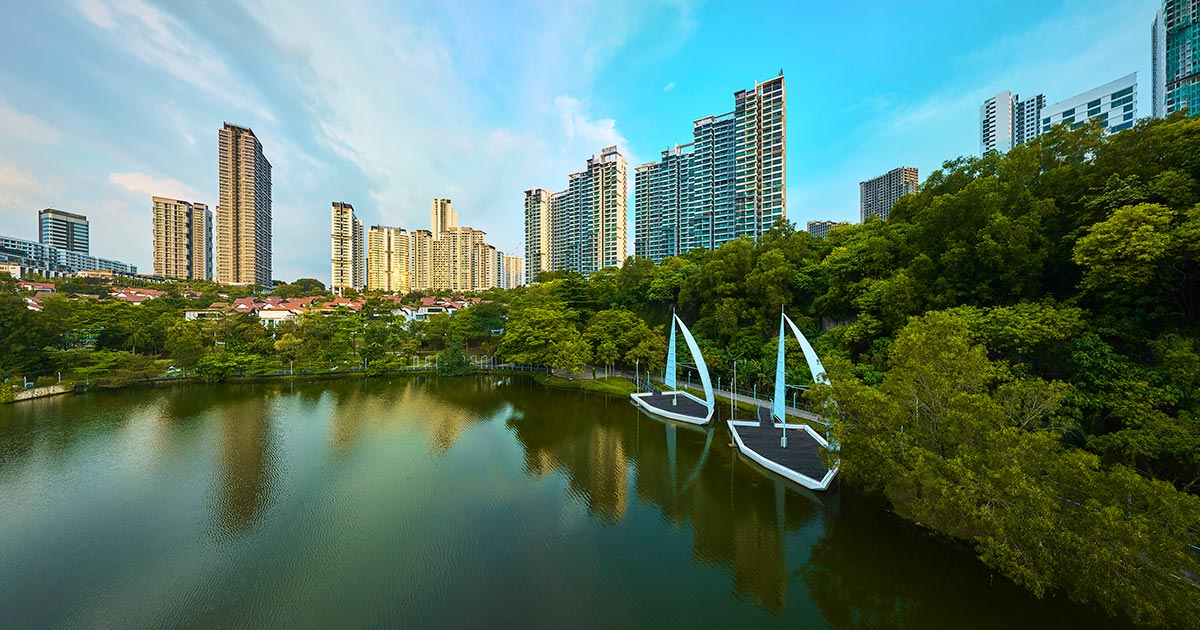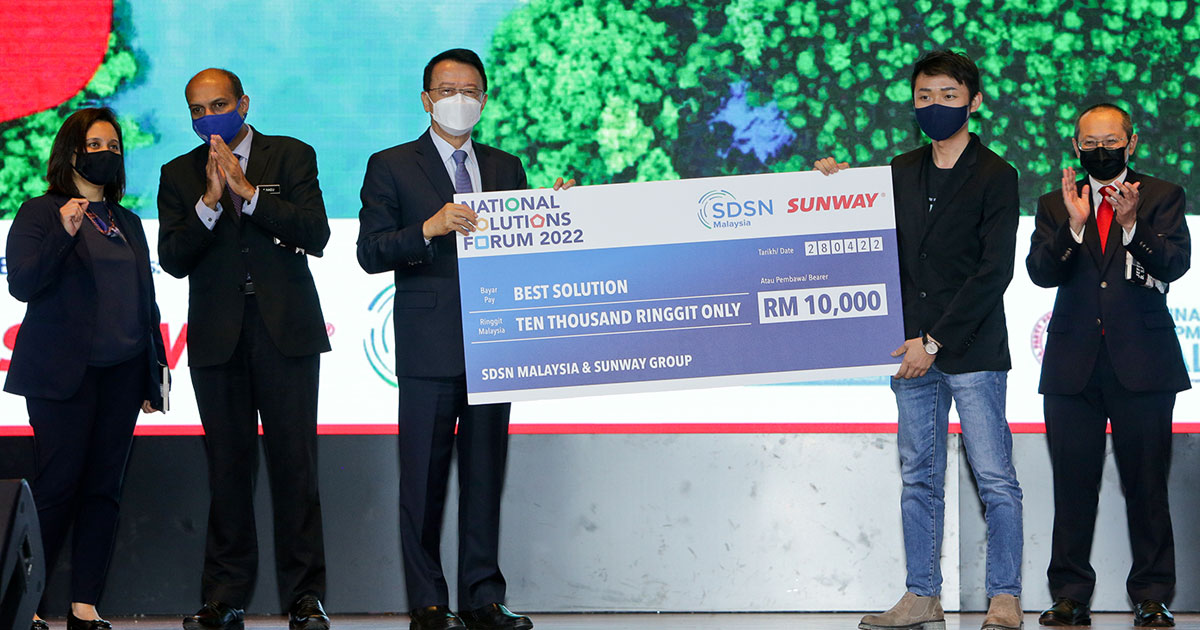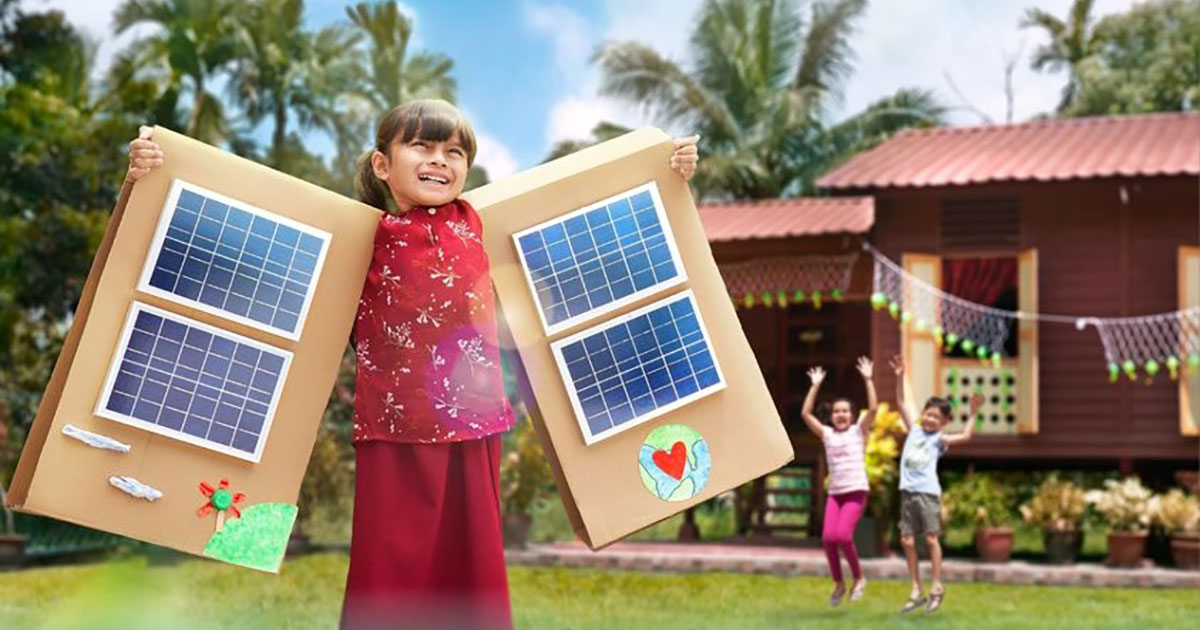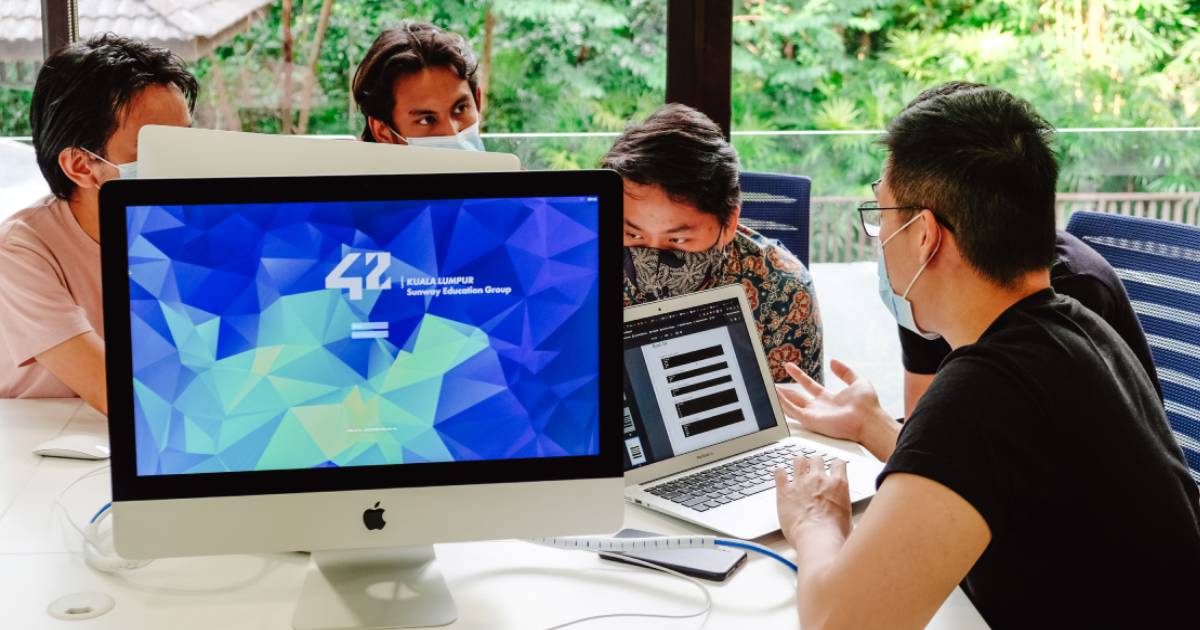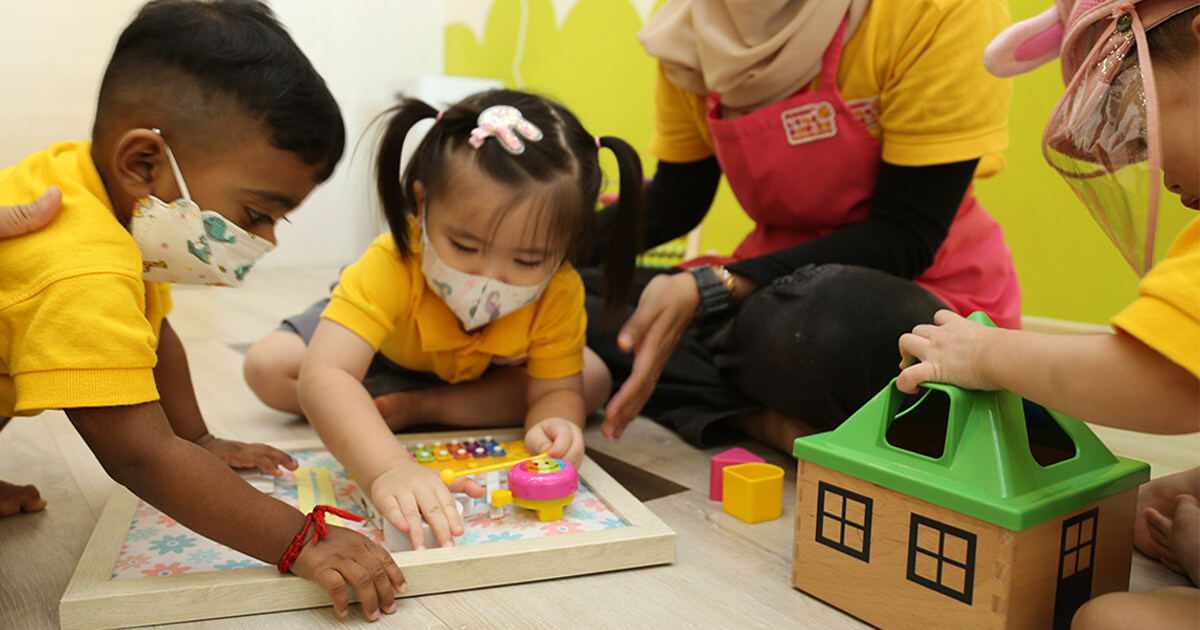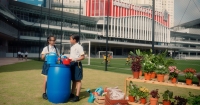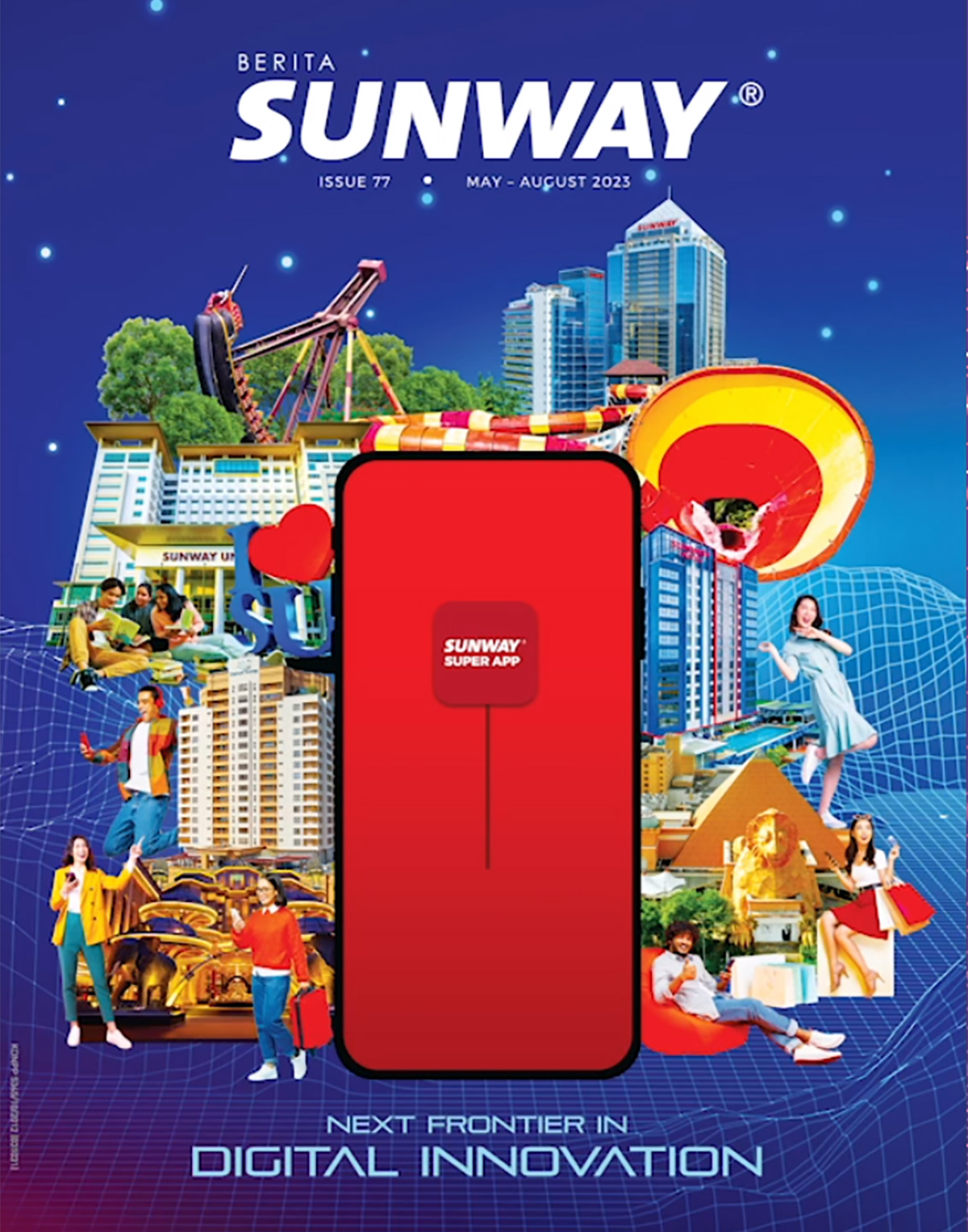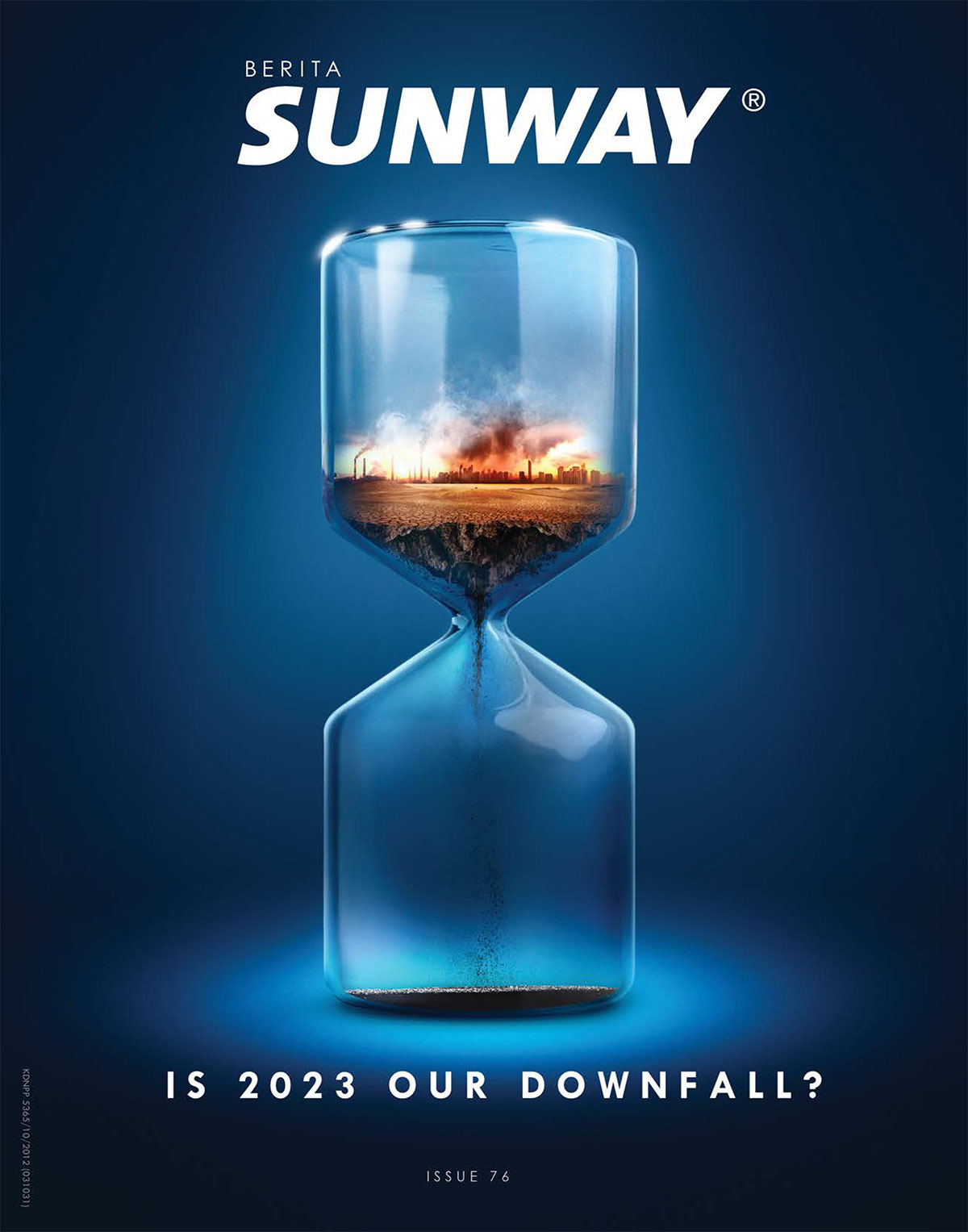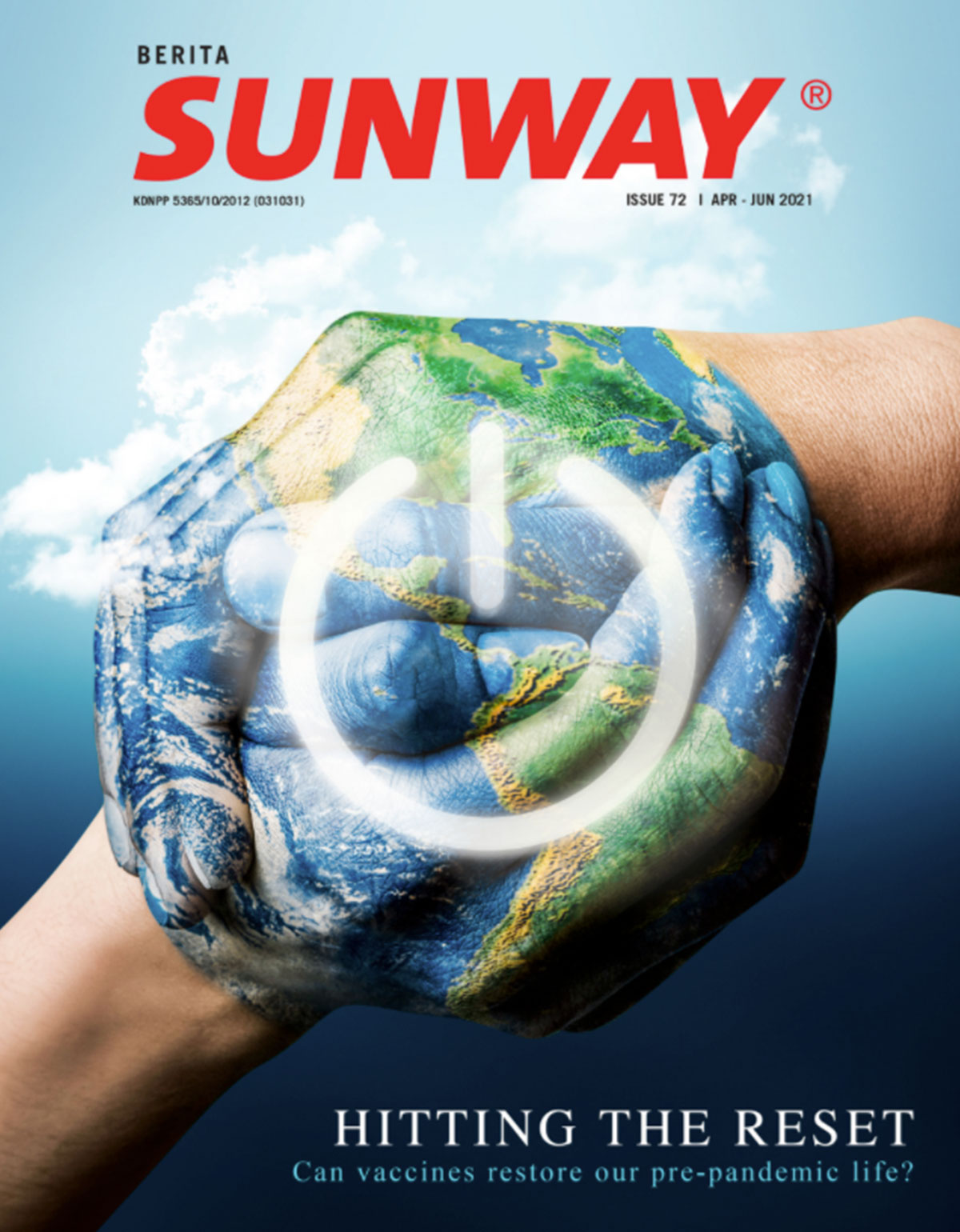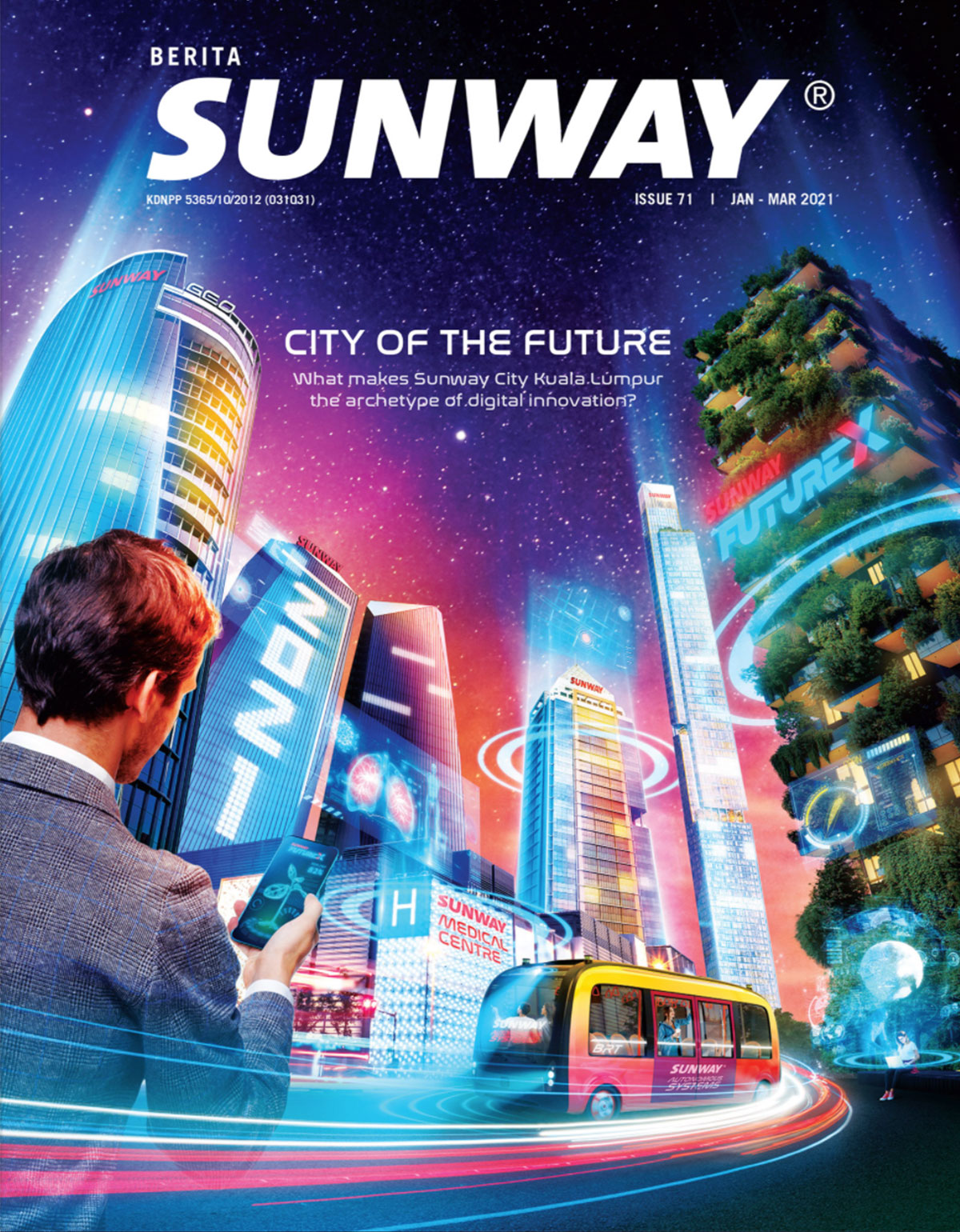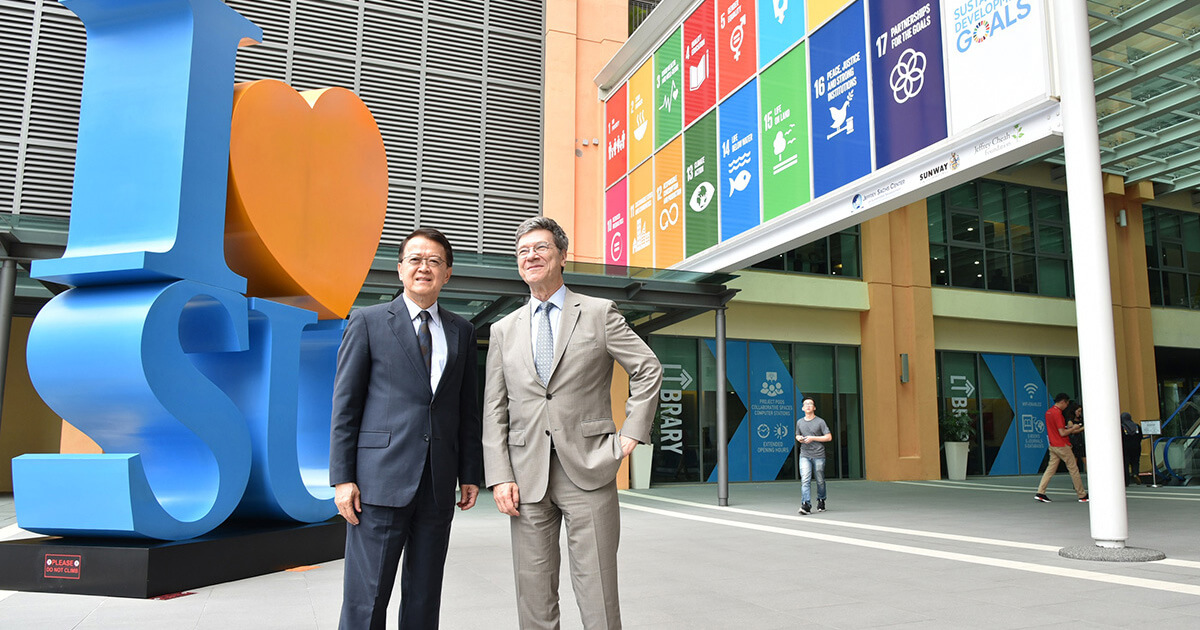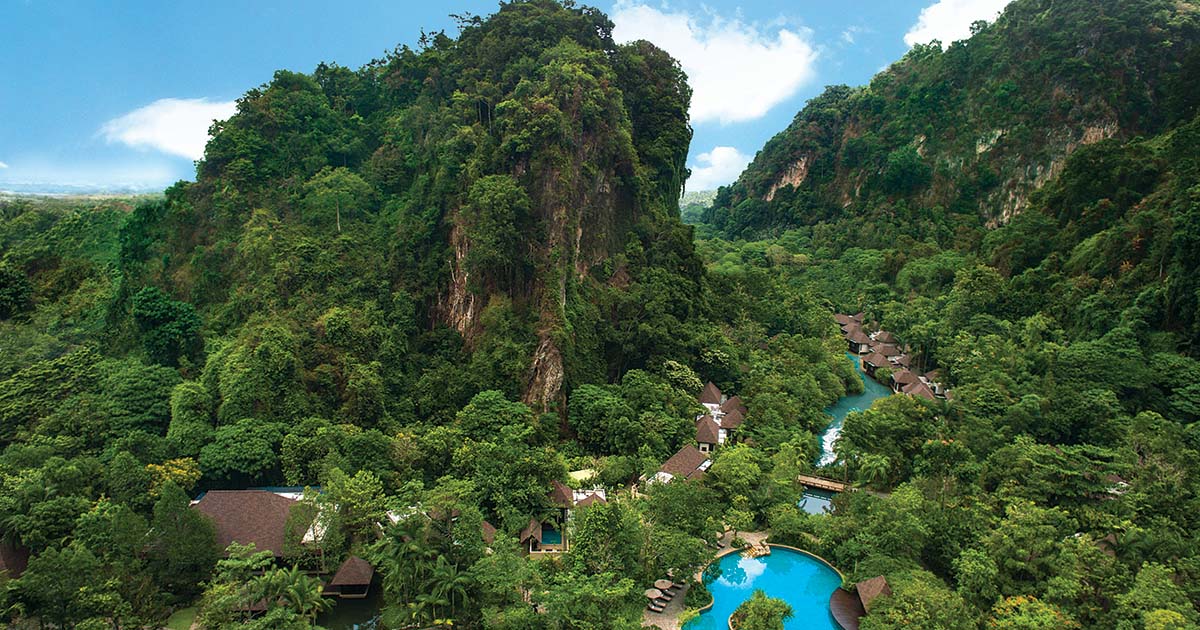The Quay to Solving Flash Flood Woes
Water security is defined by the United Nations (UN) as the capacity to firstly, protect access to sufficient clean water to sustain livelihoods, well-being and socio-economic development; secondly, protect against water-borne pollution and water-related disasters; as well as preserve ecosystems in a climate of peace and political stability.
In Malaysia, ensuring water security is crucial because the primary climate risk in the years to come is the increasingly erratic rainfall patterns, which will result in more flash floods, landslides and dry spells, according to Dr. Chen Jit Ern, head of the Jeffrey Sachs Center for Sustainable Development (JSC), associate professor at Sunway University’s School of Biological Studies as well as vice-chairman of the Malaysian Smart Cities Alliance (MSCA) Association.
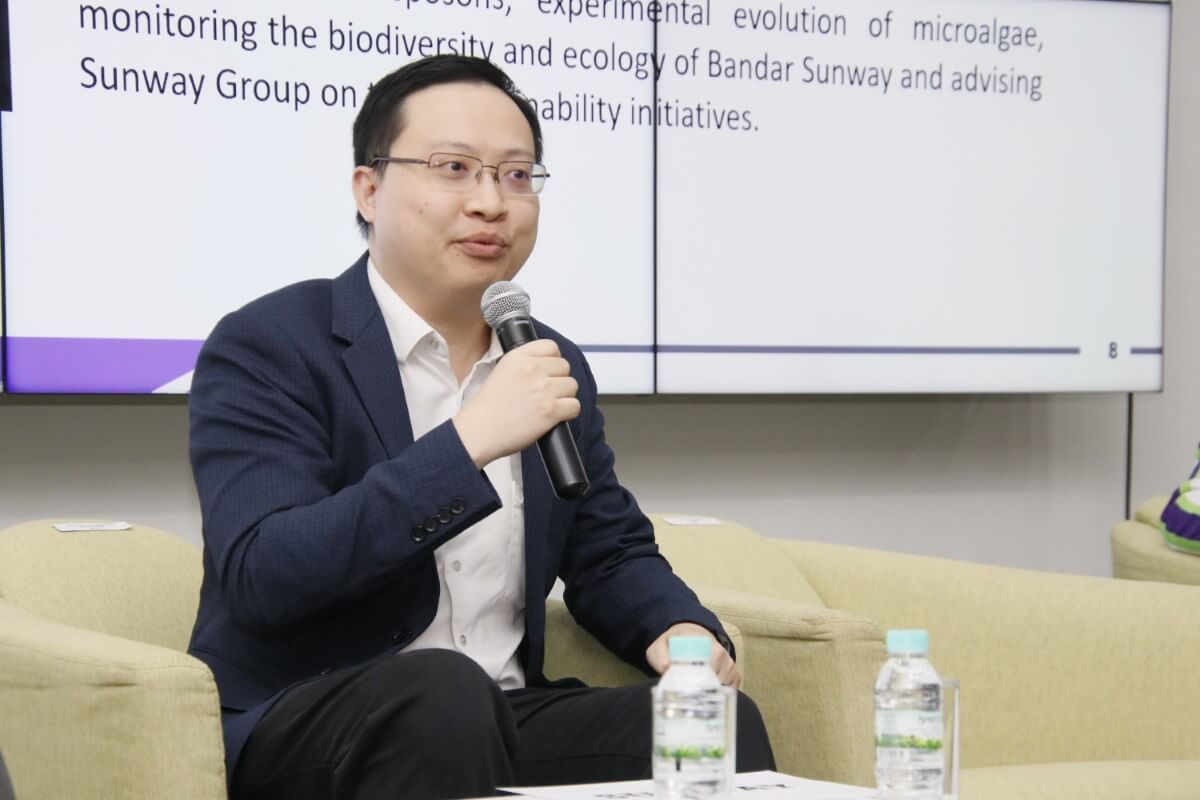
Dr. Chen spearheads research on improving water security at Sunway City Kuala Lumpur, in hopes of implementing a system to mitigate flash floods nationwide.
“Bringing flash floods under control in Malaysia is important in light of advancing the United Nations Sustainable Development Goals (UN-SDGs), more specifically on SDG 1 of No Poverty and SDG 11 of Sustainable Cities and Communities,” said Dr. Chen, who works on the flood and rainfall maps used by JSC to determine future value-at-risk locations and properties.
He said that flood mitigation is not just a matter of disaster control and reducing financial damages – it is a form of social justice.
“A key component of equitable social progress is stability of livelihood and living space. The vast majority of those who suffer directly from flooding events in Klang Valley are also the ones who can least afford it and who cannot move away from it. Under a business-as-usual context, they will just have to suffer the brunt of the most obvious manifestation of climate change in Malaysia. Ignorance of the flash flooding problem undermines the foundation of society that we need to keep intact if we are to successfully face greater challenges of climate change,” he said.
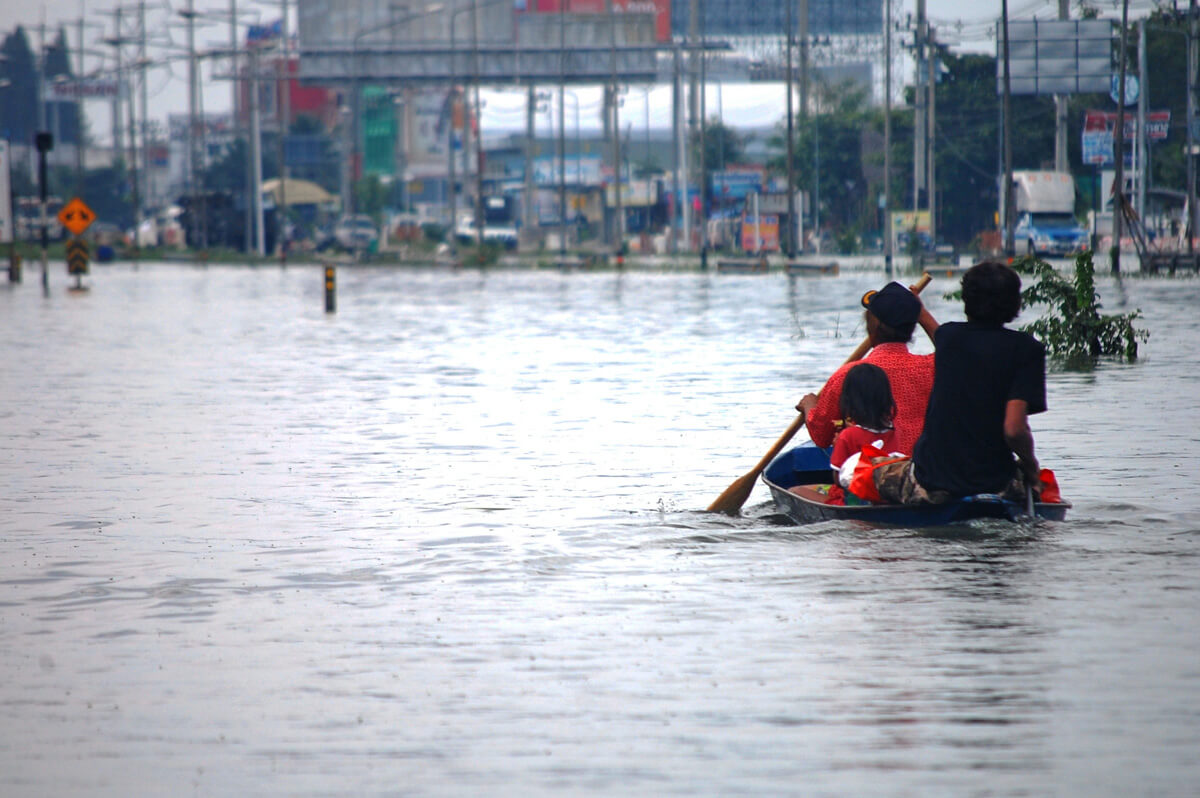
Flood control is key to ensuring a better quality of life for all.
Mitigating the impact of flash floods and droughts, safeguarding access to water functions and services, as well as managing water resources in an integrated, equitable manner, are some of the ways to achieve water security, according to UNESCO.
With the commitment to advancing the UN-SDGs, Sunway has implemented various means of prioritising water security at Sunway City Kuala Lumpur (SCKL), with the ultimate goal of achieving at least five days of uninterrupted water supply from the onset of a water disruption event by 2030.
A month’s worth of rainfall in a day? No problem for Sunway
Located at the heart of the Sunway South Quay mixed development in SCKL is the South Quay lake, which plays a key role in safeguarding water security for the township.
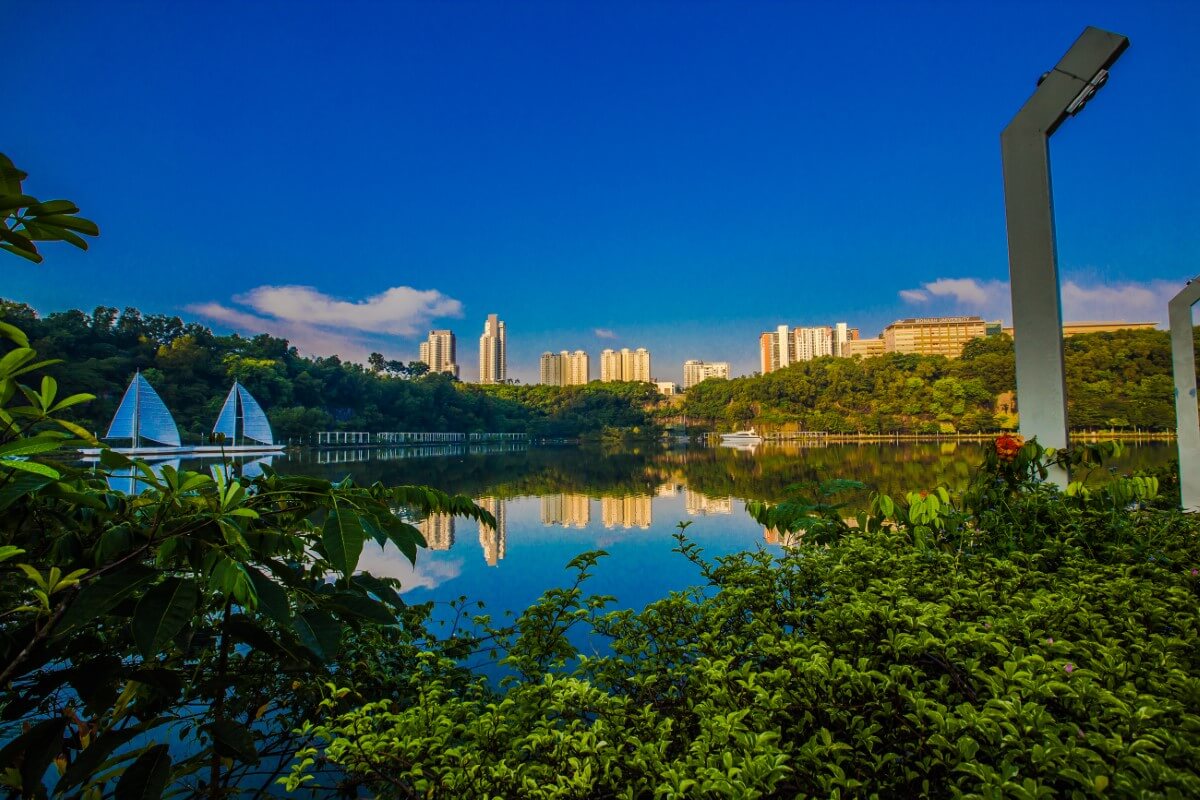
Beyond providing a serene waterfront for the surrounding properties, the 28-acre rehabilitated mining lake is also an oasis that provides uninterrupted water supply during a water disruption and helps to mitigate flooding during a torrential downpour.
Operating at a full capacity, the water treatment plant at Sunway South Quay lake uses a hybrid of ultrafiltration and reverse osmosis processes to recycle and treat the lake water to supply up to 8.5 million litres of potable water per day – enough drinking water for 51,500 people.
This is an improvement from most rainwater harvesting systems that only utilise collected water for non-potable water use.
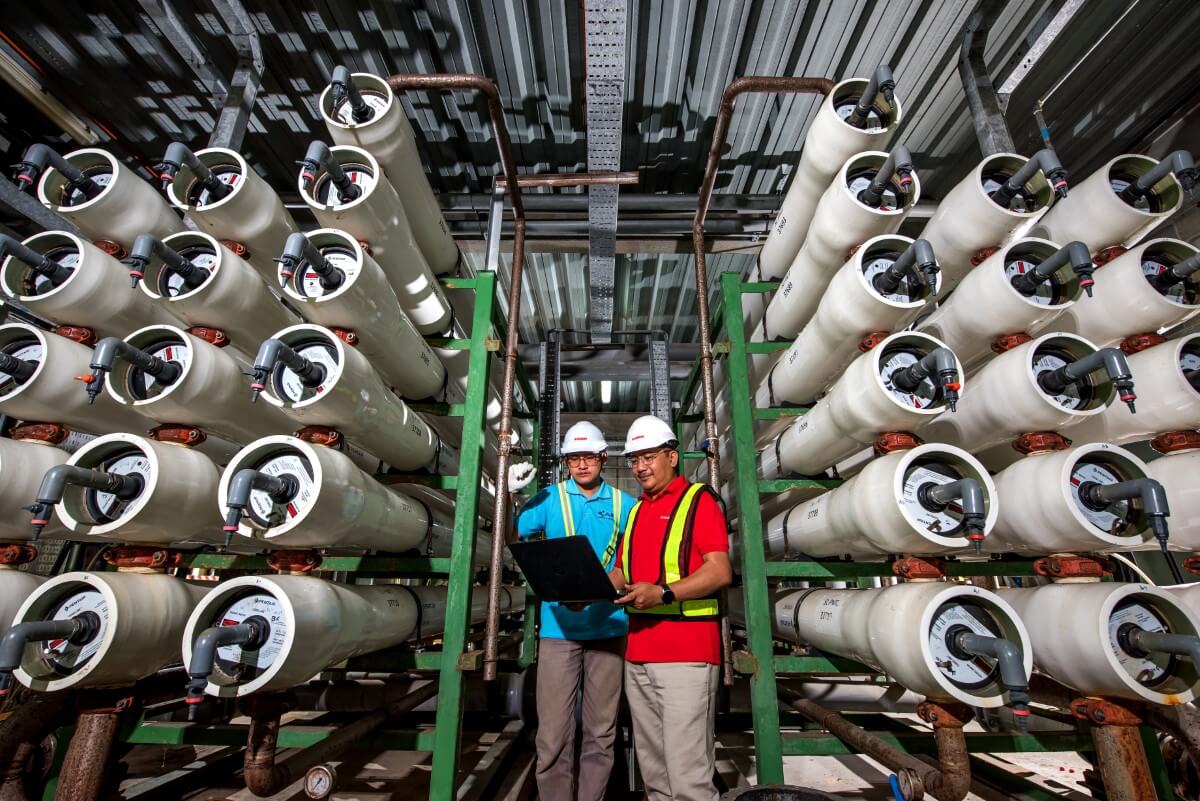
Sunway’s water treatment plant ensures water security across Sunway City Kuala Lumpur.
As all of Sunway’s managed properties in SCKL are piped to the water treatment plant, the plant has reduced Sunway’s reliance on municipal water supply by nearly 30% and ensures a continuous water supply even during a water cut.
Since the water is sourced from the Sunway South Quay lake, water supply is unaffected by upstream water pollution that usually plagues rivers, which typically lead to shutdowns at traditional water plant operations.
In terms of flood mitigation, due to SCKL’s topography, surface runoff naturally flows to Sunway South Quay and Sunway Lagoon lakes, making them natural water catchment areas for SCKL.
“Receiving around 3.5 billion litres of rainfall a year, both lakes give Sunway the leeway to store sudden surges of water, which can then be released into the riverine waterways after the initial rainfall event has passed,” Dr. Chen explained.
Sunway South Quay lake, which has roughly 1.5 metre’s worth of ‘flexible’ water depth, is able to store 130,000 cubic metres of water before the emergency pumps kick in – an equivalent of roughly two hundred millimetres of rain in expected catchment area.
From its lowest normal water level, Sunway South Quay lake enables SCKL to withstand three weeks’ worth of heavy rainfall in one day, should a sudden heavy downpour occur – preventing flash floods.
“Both lakes act as focal points for SCKL’s monitoring and flood mitigation efforts and resources, making it easier for Sunway to access and maintain the facilities such as emergency pumps when needed,” Dr. Chen said.
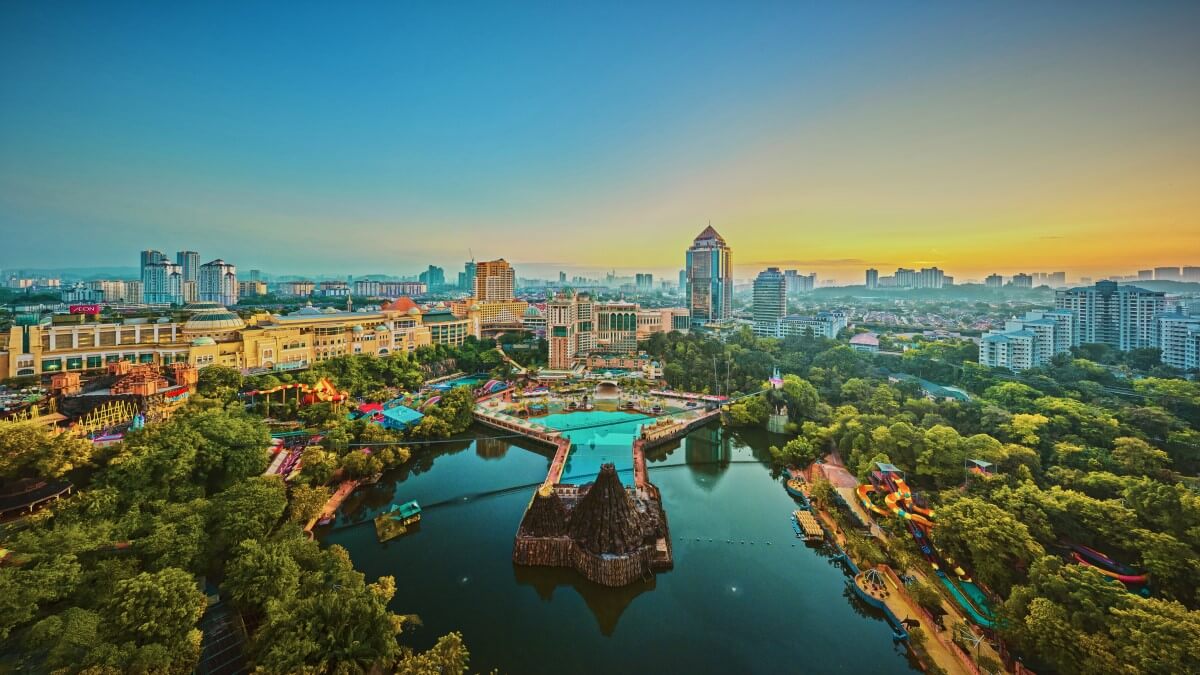
Sunway City Kuala Lumpur – a case study for water security in a city.
Moving forward, Dr. Chen said Sunway hopes to implement a more holistic model of rainwater control by building in water retention systems for gradual release into the shared drainage system.
“Like miniature ex-mining lakes, our plan is that future Sunway projects integrate a system of on-site storage for perhaps two to three days’ worth of rainwater. This not only prevents flooding in Sunway properties, but also in properties downstream of the drainage system which may be overwhelmed,” he said.
“The future of flood control in Malaysia will be systems that do not simply seek to drain water as fast as possible out of the area, but which explicitly intend to integrate water retention and usage, with the dual role of both improving water security and prevent flash floods on-site and downstream,” says Dr. Chen.
Come rain or shine, Sunway’s proactive approach towards water sustainability ensures that not a single drop of water is ever wasted, but that every raindrop is channelled towards continuously sustaining and enriching the lives and livelihoods of all.











